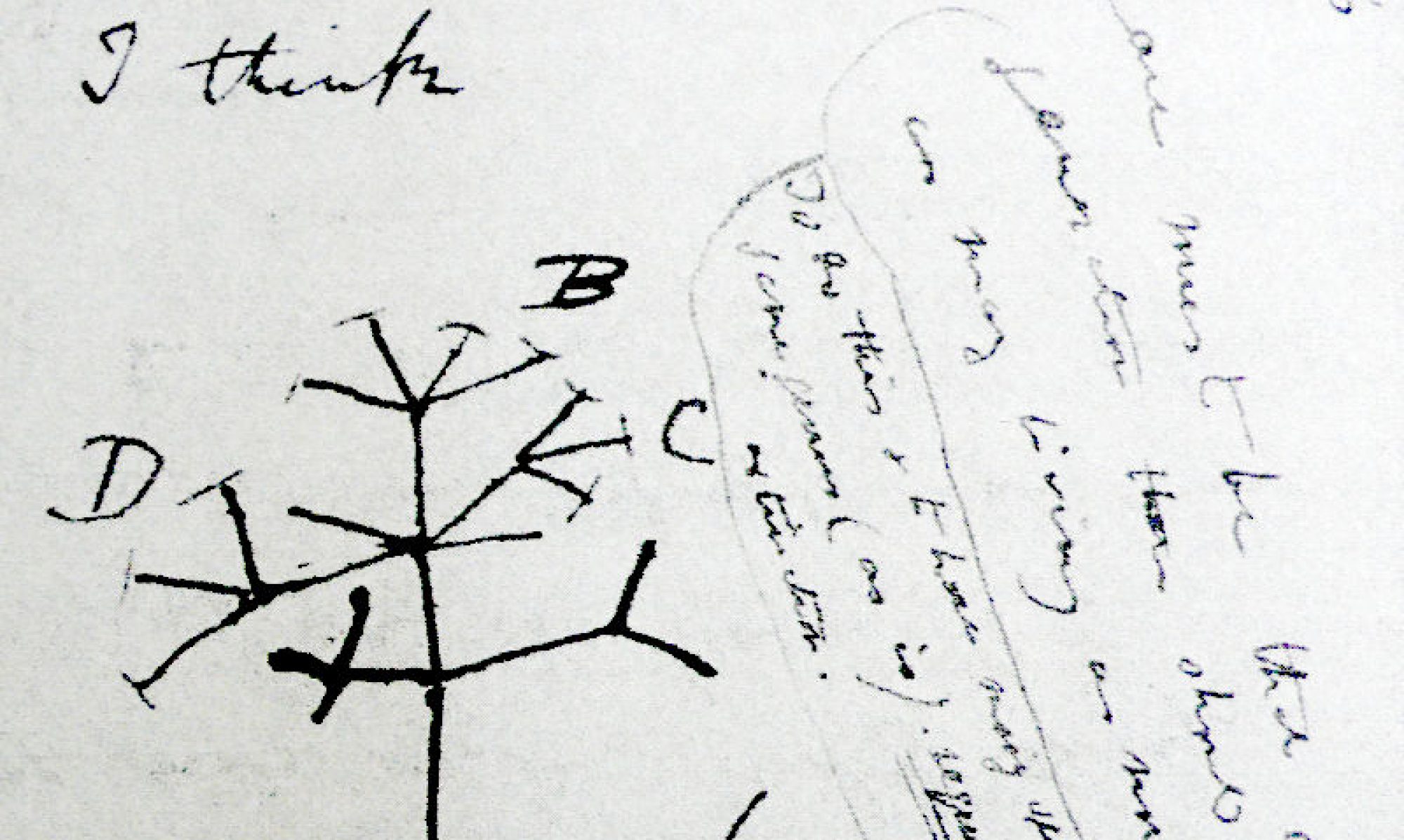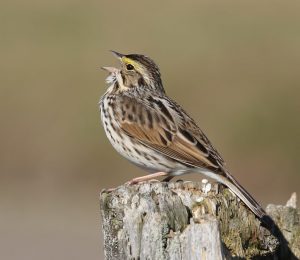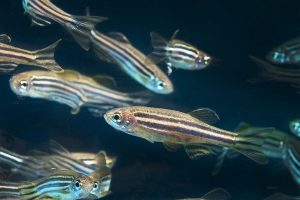Divorce in Savannah Sparrows of Kent Island
by: Michael Calcagno, Meghan Ghazal, Lizzie Poyant & Zarir Sidhwa (Stonehill College Evolution Fall 2017)
In Savannah sparrows (Passerculus sandwichensis) that reside on Kent Island, New Brunswick, Canada an understanding of divorce rates within the species was analyzed to determine the molecular basis of the phenotypic trait. As well as, to determine if divorce is an adaptive strategy for greater fitness for females. In this species, approximately 47% of pairs in which both partners survived to the following breeding season ended in divorce. Neither the lifetime number of divorces nor whether an individual had ever divorced affected the fitness of either sex, thus suggesting little to no sexual selection for the trait. Divorce in the Savannah sparrows appeared to be an inheritable behavior in which expression depending primarily upon an individual’s age, mating status, sex, and size.
Listen Now:
Continue reading “Why do birds get divorced?”



